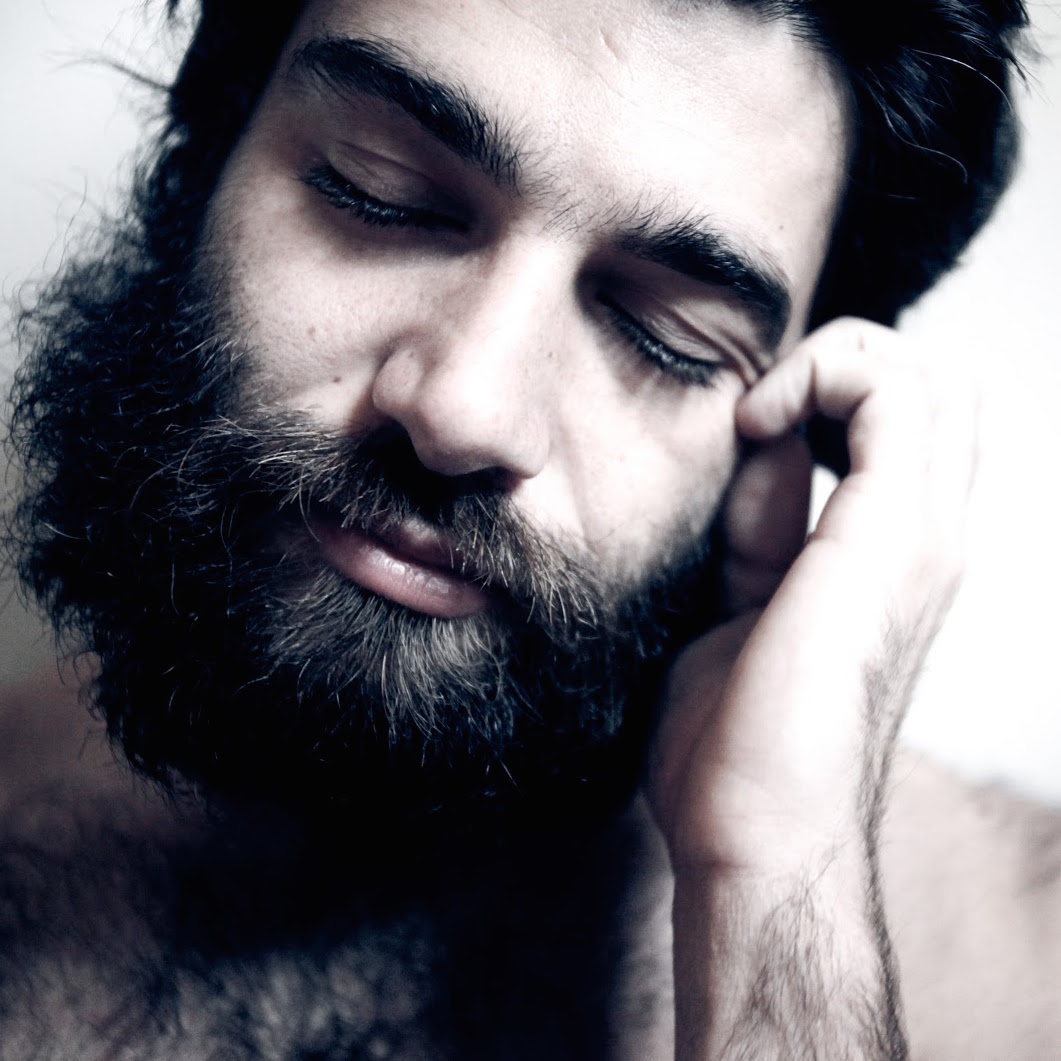Tamara Abdul Hadi shines a light on the misunderstood men of the Middle East
For any marginalised group, self-preservation will inevitably involve a heavy dose of artistic expression to counter degrading portrayals. Prey to myriad stereotypes, long-standing prejudice, and steady streams of discrimination, most Arab, Persian, Turkish, Afghan, and North African men and women have had no choice but to defend themselves against imposed identities. This is nothing new, however, for people who understand the long-standing implications of a certain Orientalist gaze emanating from the Occident, and the effects incurred by these peoples as a result of cultural imperialism and geopolitical exploitation.
The consequence of these intersecting dynamics has been the development of a vague, archetypal image of the Arab woman as a pious, doe-eyed virgin, an overtly-sexual harem whore, a perpetually-oppressed victim, or any combination of the above. Complementing this is an image of the Arab man as a sexual predator, a greedy oil-rich sheikh, the classic ‘rag-head terrorist’, or again, any amalgam of these. Here, not only is the term ‘Arab’ used irrespective of people’s actual ethnic grouping, but is also used to denote derogatory stereotypes. Each imagined trait more demeaning than the next, it’s no wonder that Middle Eastern artists across the globe are actively reclaiming their image and identity.
A couple keywords entered in any search engine will provide an array of intellectual and artistic work decoding female Arab stereotypes, with varied and sometimes contradictory counter-imaginings. However, the same search will yield much fewer comments regarding Arab stereotypes of the opposite sex. One can, through a thorough scholarly dig, find deep analyses of popular art revolving around the idea of the objectified Arab woman, yet barely a handful of critiques – artistic or otherwise – related to the objectification of Arab men. The few male artists who are tackling this subject – such as Yemeni-American artist Ibi Ibrahim – are producing incredibly powerful work, but the majority, generally speaking, remain focused on their female counterparts.
Even more rare is the treatment of male stereotypes by female Arab artists, although this is not imply that nothing is being done in this department. One of the most unconventional and subversive artists dealing with the issue of male stereotyping is UAE-born, Iraqi-Canadian photographer Tamara Abdul Hadi. Transcending the boundaries of her gendered experience, Abdul Hadi approaches the issue of male stereotypes from a fresh and surprisingly straightforward angle, which takes nothing away from the originality and complexity of her work. I recently spoke with Tamara to talk about the completion of her latest photographic project, Picture an Arab Man, whose title serves as a wonderful preamble to the discussion and viewing of her work.
Tell us about your personal journey. How has your nomadic background influenced your artistic work?
I was born to Iraqi parents in the United Arab Emirates, and grew up in Canada. I think being Arab, but growing up in the West has definitely impacted my work. I moved back to the Middle East after getting my Bachelor’s degree in Fine Arts, because I wanted to feel closer to my origins. After working as a photojournalist in the region, I realised how I could try to use my work – as a documentary photographer – to challenge the preconceived notions that people have of the Arab world; the notion that all Arabs are Muslims, all women are veiled and have no rights within their society, all men are macho, violent, angry oppressors that control their women, and so on.
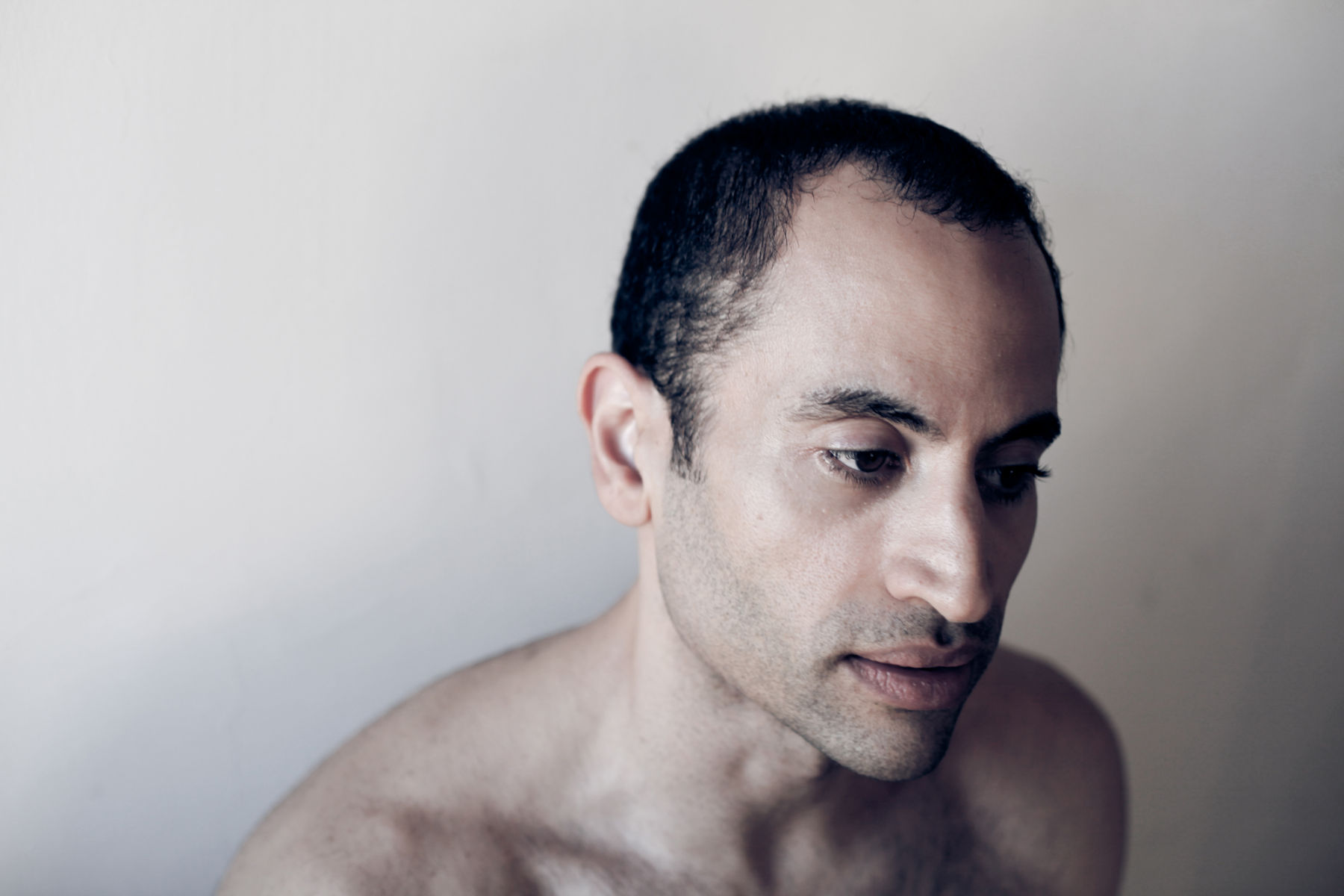
Your latest project, Picture an Arab Man, brings the viewer into a different relationship with stereotypes about Arab men – how do you try to achieve this?
Both Arab men and women are stereotyped and misrepresented by Western media. I chose to focus on the Arab man, because I felt like he had been forgotten. I decided to produce Picture an Arab Man as a portrait series of the young Arab man, showing him in a different light. As opposed to the violent oppressor he is shown to be in the media, I chose to show him as a human being.
How did you initially conceive the idea for the series, and what was the process behind making it a reality?
After working for a few years as a photojournalist, I wanted to start working on my own projects, and my interest turned to portraiture. In late 2008, I photographed a young Palestinian man in Dubai, and was very inspired by the gentleness of his face and his demeanor in the images. I thought, how great would it be to have a series of up to 100 images of different Arab men from diverse backgrounds, religions, etc. representing the contemporary Arab man? I felt such a statement was needed.
As opposed to the violent oppressor the Arab man is shown to be in the media, I chose to show him as a human being
The Arab man portrayed in the media is nothing like my father, my brothers, and the men I grew up with. I started working on the project almost immediately in 2009. I would take the opportunity during my travels for work to photograph men for the project. In March and April of 2012, I received crowdfunding on emphas.is to continue the project by going to North Africa and parts of the Middle East I had not yet been to, to include as diverse a range of men as possible.
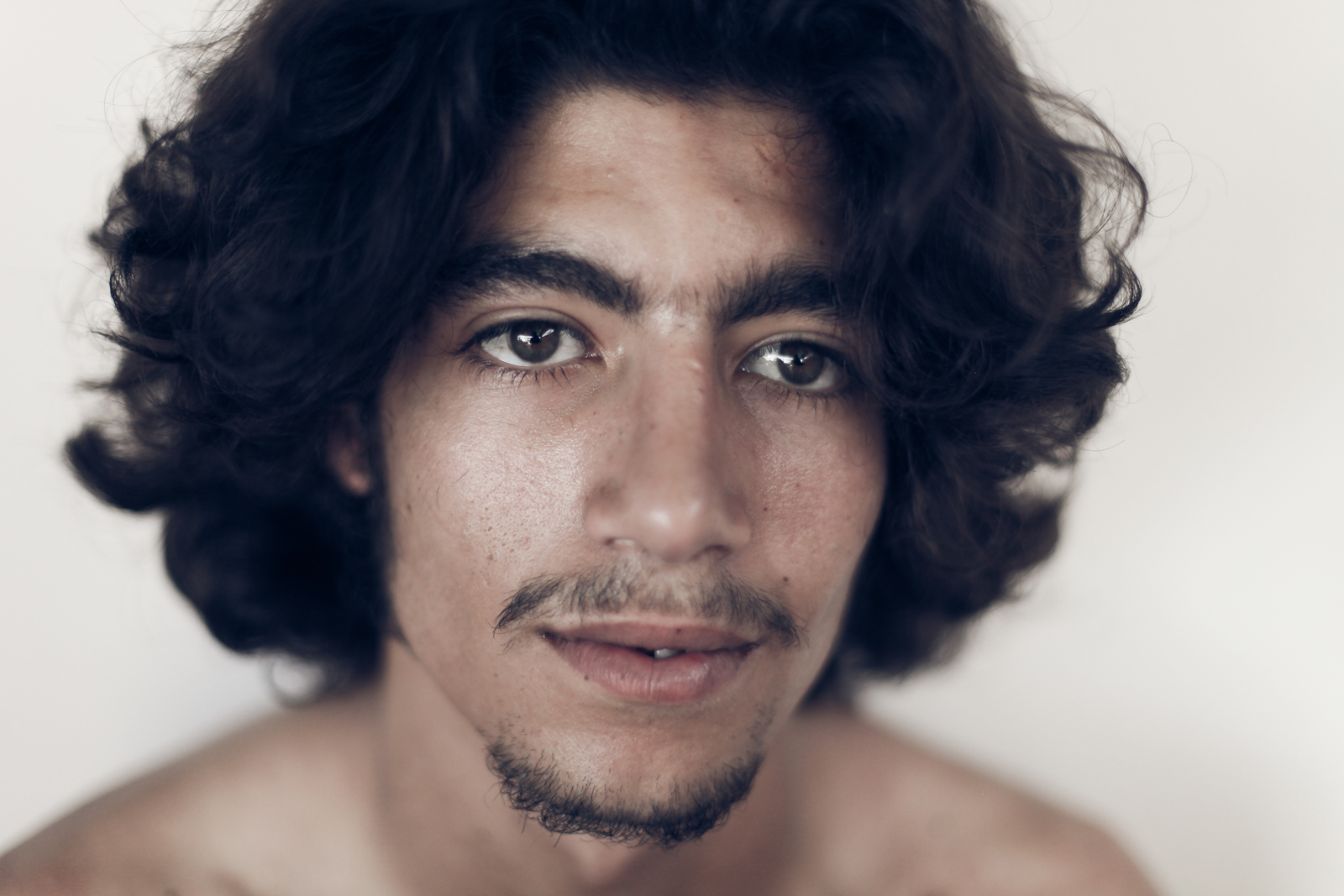
Do you think that both being part of the process and viewing the results encouraged the Arab men that participated in the project to reflect on their own identity and role in society?
I 100% agree that Picture an Arab Man encourages Arab men to reflect on their own identity. I learned a lot from the men I photographed in North Africa (Tunisia and Morocco) this summer in terms of how they feel about being misrepresented in the media, and about their own masculinity within their societies. Once I introduced the concept to them, they almost always supported the project. Young and old. They wanted to be a part of a project they believed was trying to show them in another light.
As both a woman from Iraq and as an artist, what are your thoughts about the artworks that have been produced regarding female Arab stereotypes?
I think there is a lot of great work being done to counter Arab female stereotypes. I love Shirin Neshat’s work, though she tackles both the stereotype of the man and woman. I’m a big advocate of women from inside Middle Eastern societies doing work about what they know, as opposed to having an outsider come in and show what they think is happening. I have a lot of respect for artists that work within their own societies, and even people who spend time to get to know the people they are trying to represent. I’m part of a female photography collective called Rawiya. The women in this collective all work on different issues in the region,with their own individual styles and visions.
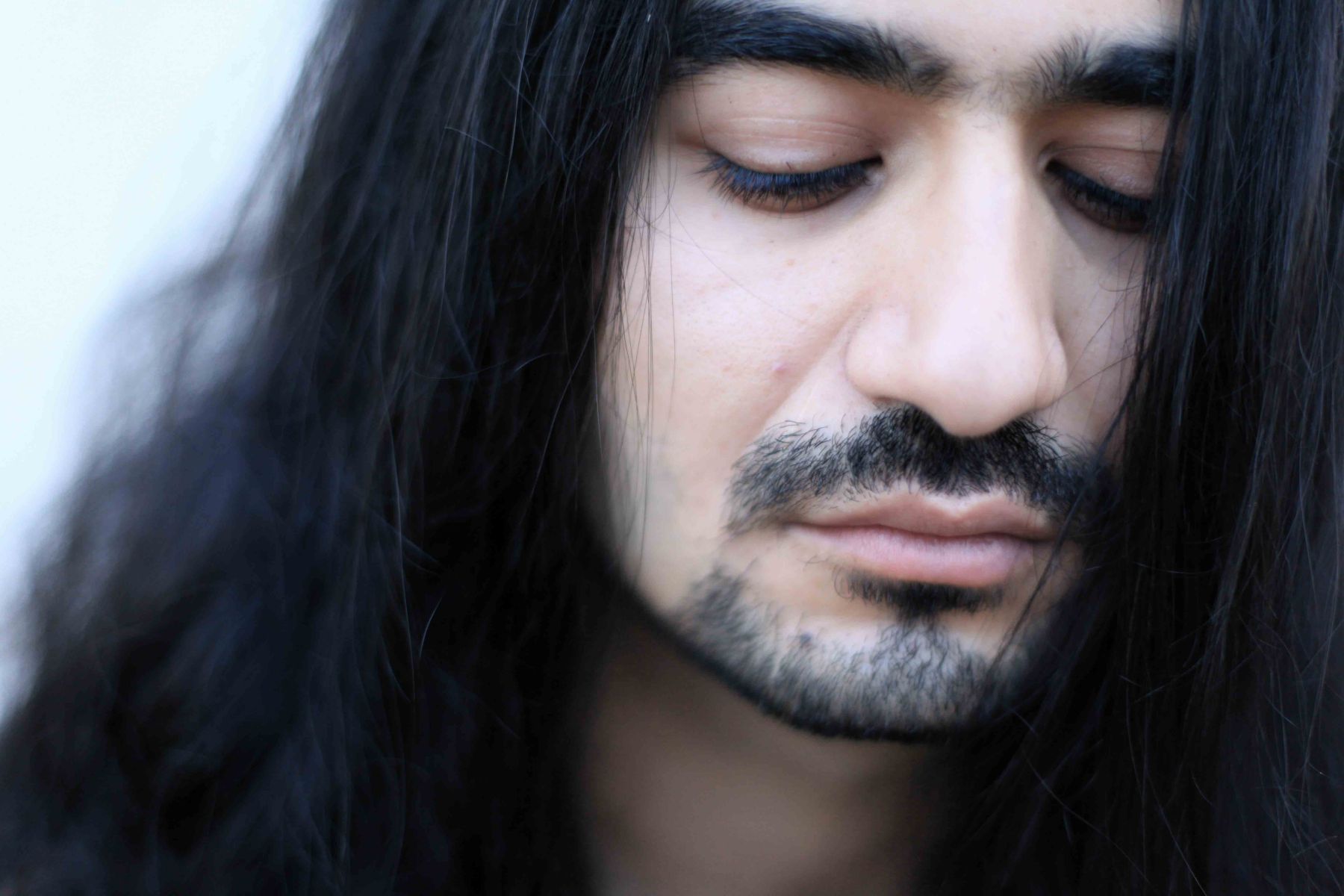
In a recent interview with Tunisia Live, you mentioned that you feel less work has been done to counter male Arab stereotypes, as opposed to female Arab stereotypes. Why do you think this is so?
I really don’t know. I think that because the Arab female is stereotyped as being oppressed, and the man as being the oppressor, the thought is to empower the woman. But men, being stereotyped as the ‘oppressor’ also deserve to be given a chance to show another side to them.
Do you also feel that Arab men aren’t ‘defending’ themselves as much as their female counterparts?
I don’t think so. I definitely don’t think men don’t do enough. Or women. I think the more the better - obviously - and feel that both men and women are active and productive in terms of countering stereotypes and misconceptions.
Once I introduced the concept to them, they almost always supported the project. Young and old. They wanted to be a part of a project they believed was trying to show them in another light
What do you think would be more influential than anything in changing stereotypes about Arab men?
I think if Arab men keep challenging stereotypes themselves – which can be as simple as having a conversation with an outsider – that is powerful enough. Arab male artists, performers, scholars, writers, etc. are already breaking misconceptions. The Narcicyst is a great example.
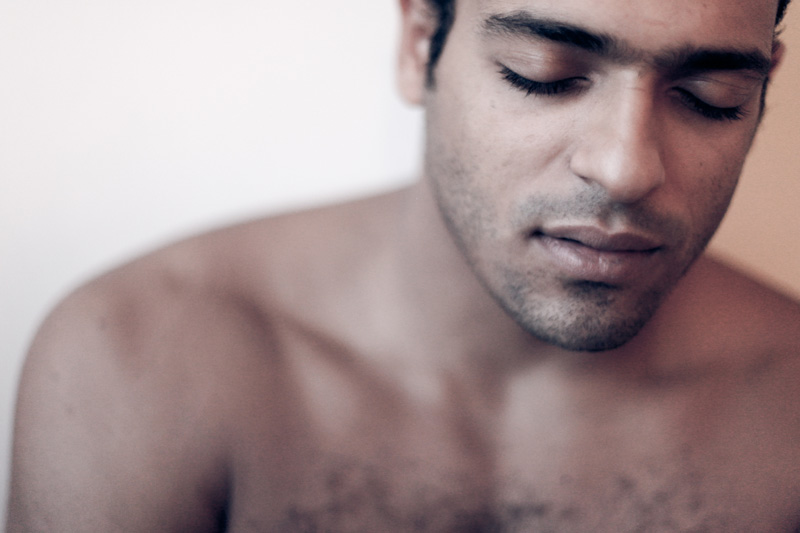
How has Picture an Arab Man been received by audiences – and participants – thus far?
Working on Picture an Arab Man, I can say that thankfully, I have not encountered any negative reactions. All of the men that I’ve photographed for the project have all been very supportive of the concept, and that’s what drives me. I recently showed a selection of the work in Atlanta, at Georgia State University with Rawiya. One memorable reaction was from a woman who said ‘I’ve never seen an Arab man this close before’. It’s not that she was uncomfortable – it’s just that this was new to her.
What have been some of the most memorable moments you experienced during your travels? How did your perception of Arab men change?
Traveling to North Africa recently was a very inspiring experience for me. I’d have to say that the overall experience has been very rewarding. While I was traveling for the project, I had a lot of great conversations with men from Kuwait, the UAE, Saudi Arabia, Oman, Tunisia, and Morocco. There were discussions of prejudgments, misconceptions, masculinity, and more. Morocco sticks out in my mind, as the men there were very proud. Every one of them was very in tune with how they are misrepresented in the media, and were very vocal about trying to change that.
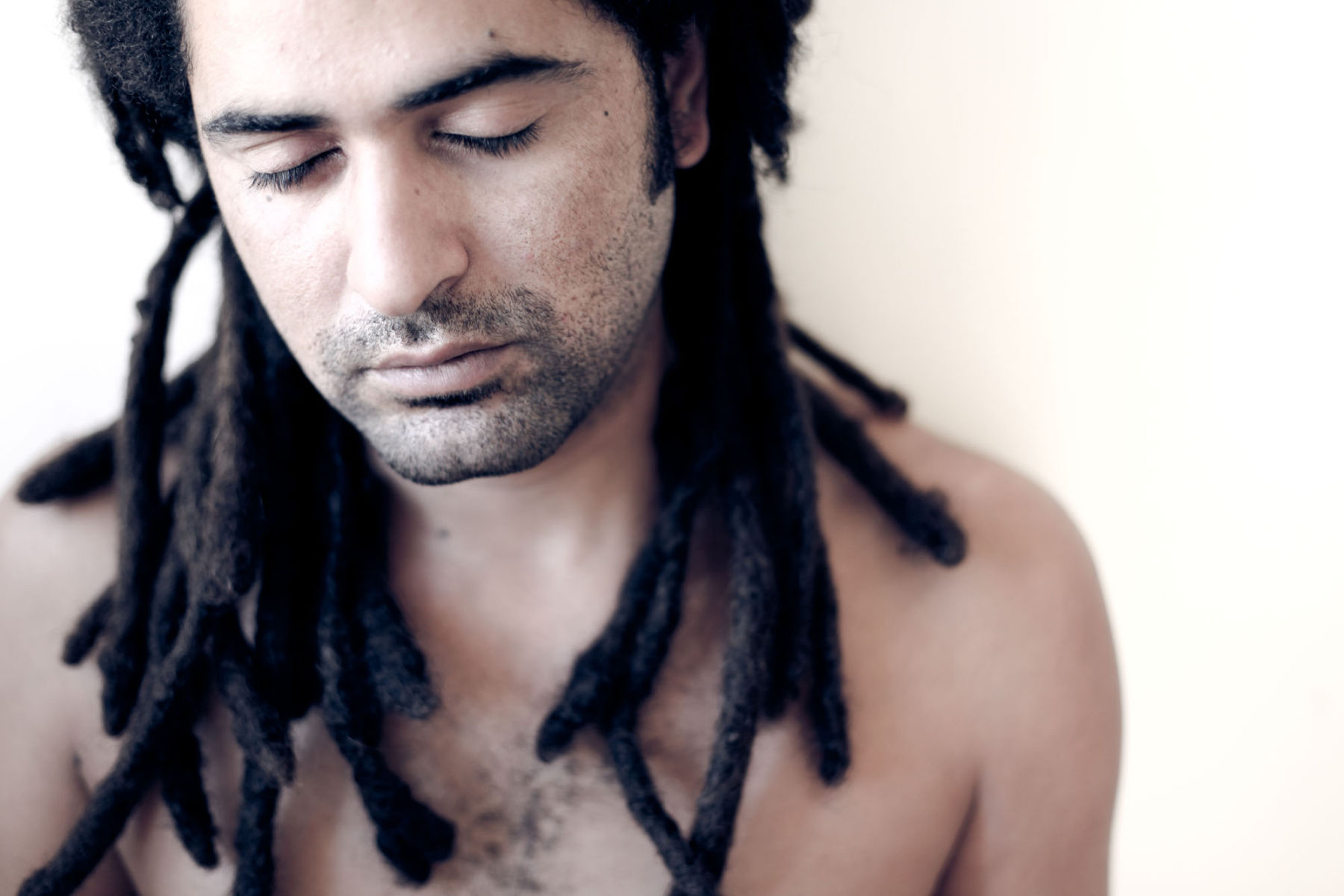
You work on many diverse projects, ranging from portraits to video compositions. What other themes are present in your work?
I choose to focus on social documentary-themed projects. Tattoos in the Arab world, young men diving into the sea in Beirut and Palestine, young men graduating from high school in Baghdad, for example. I’ve also been working on a project that is currently titled Self Portraits in Palestine and Beyond that deals with self-representation and documentation. It’s part of a bigger project tackling the idea of representing people in marginalised communities.
